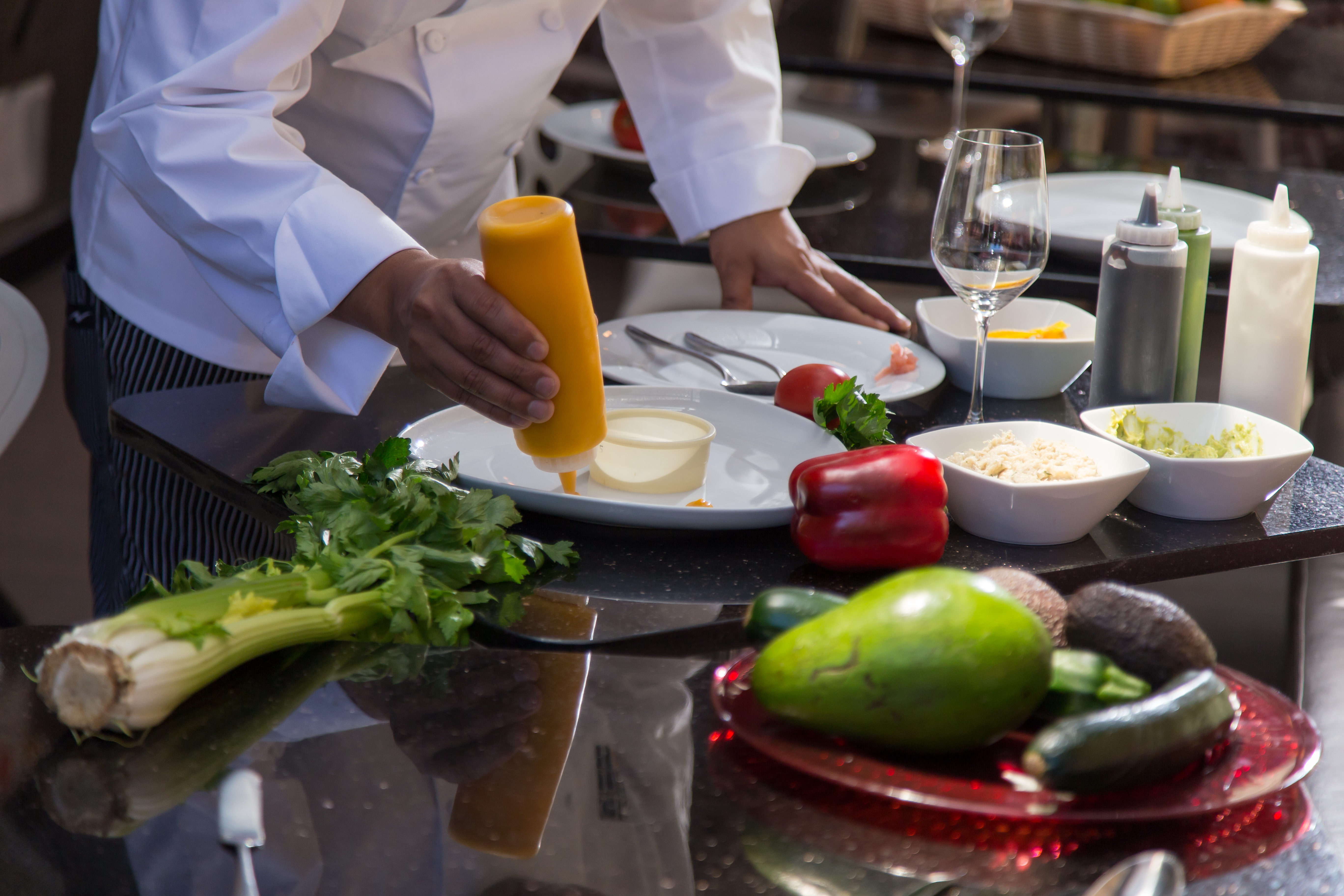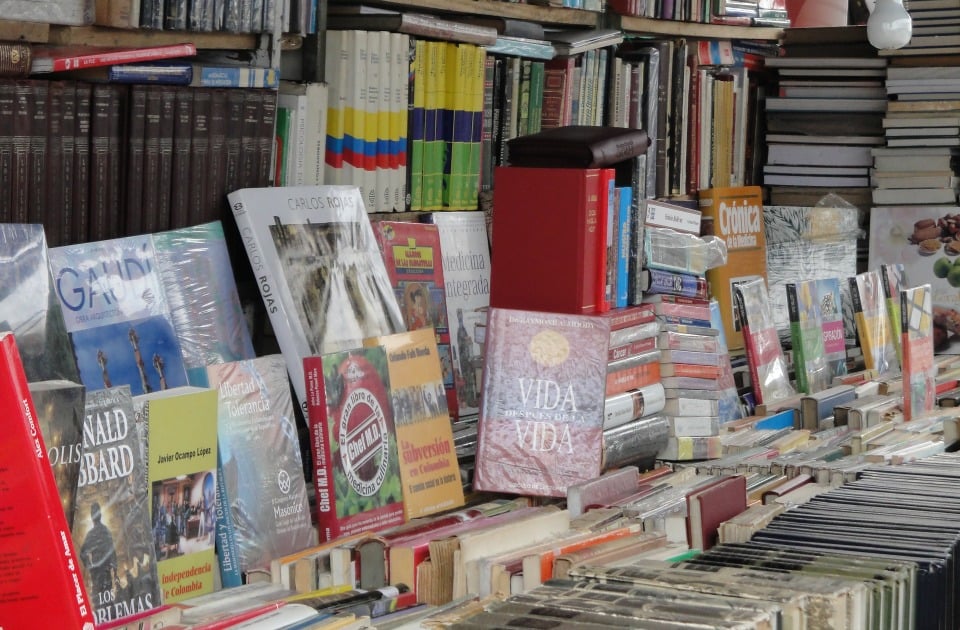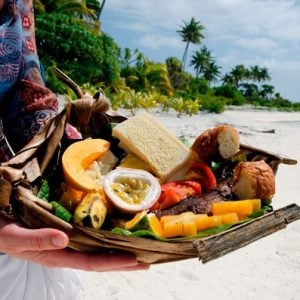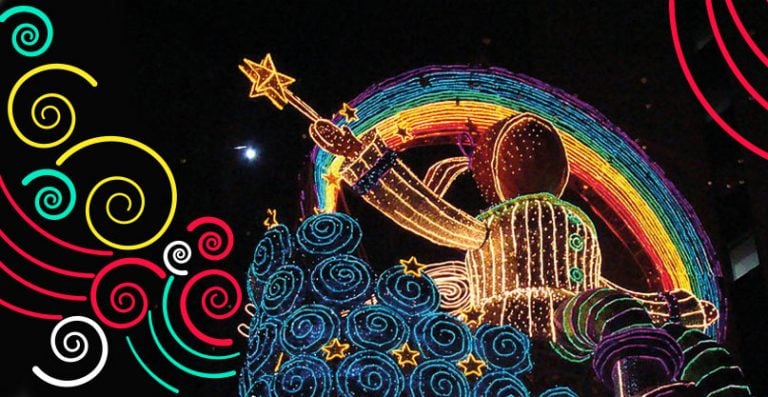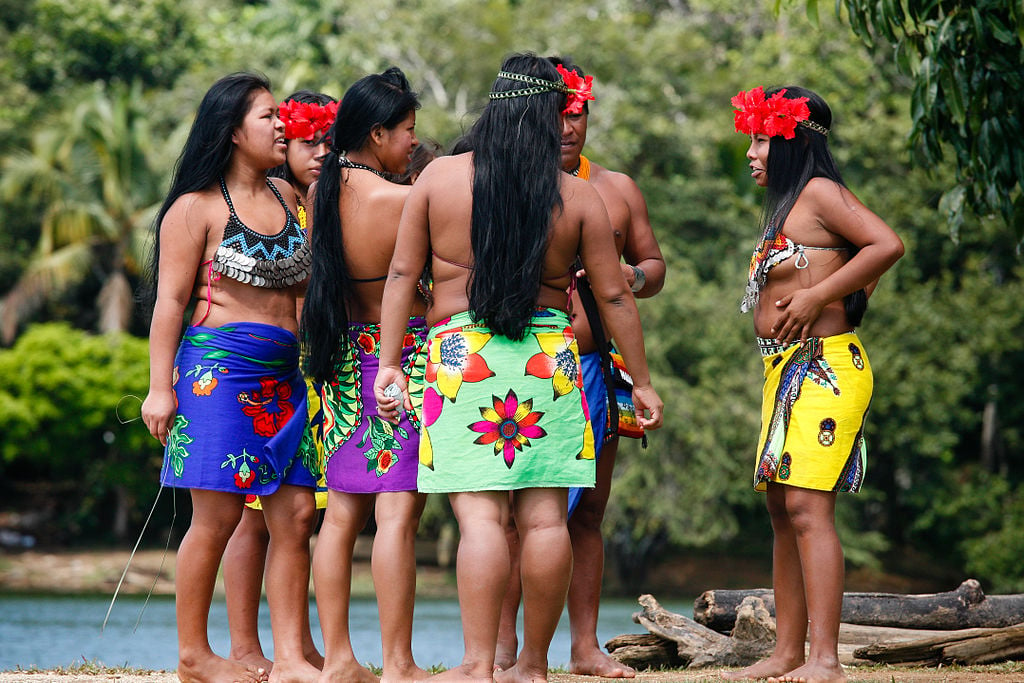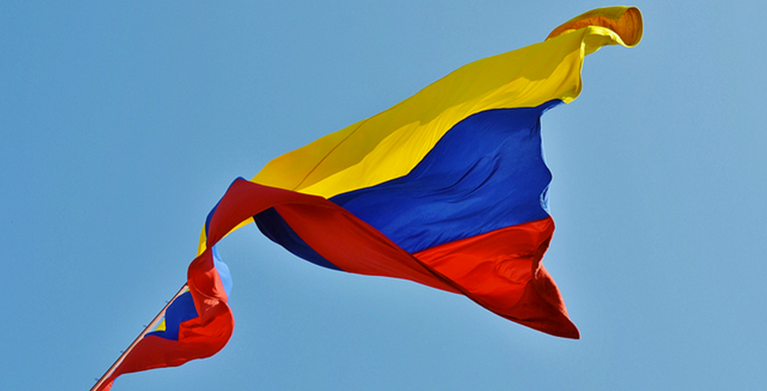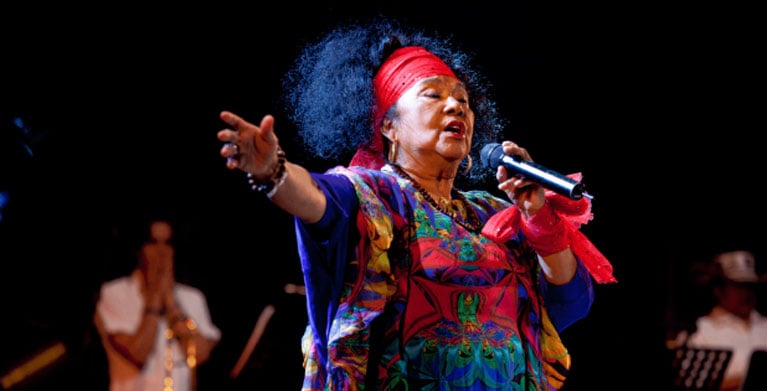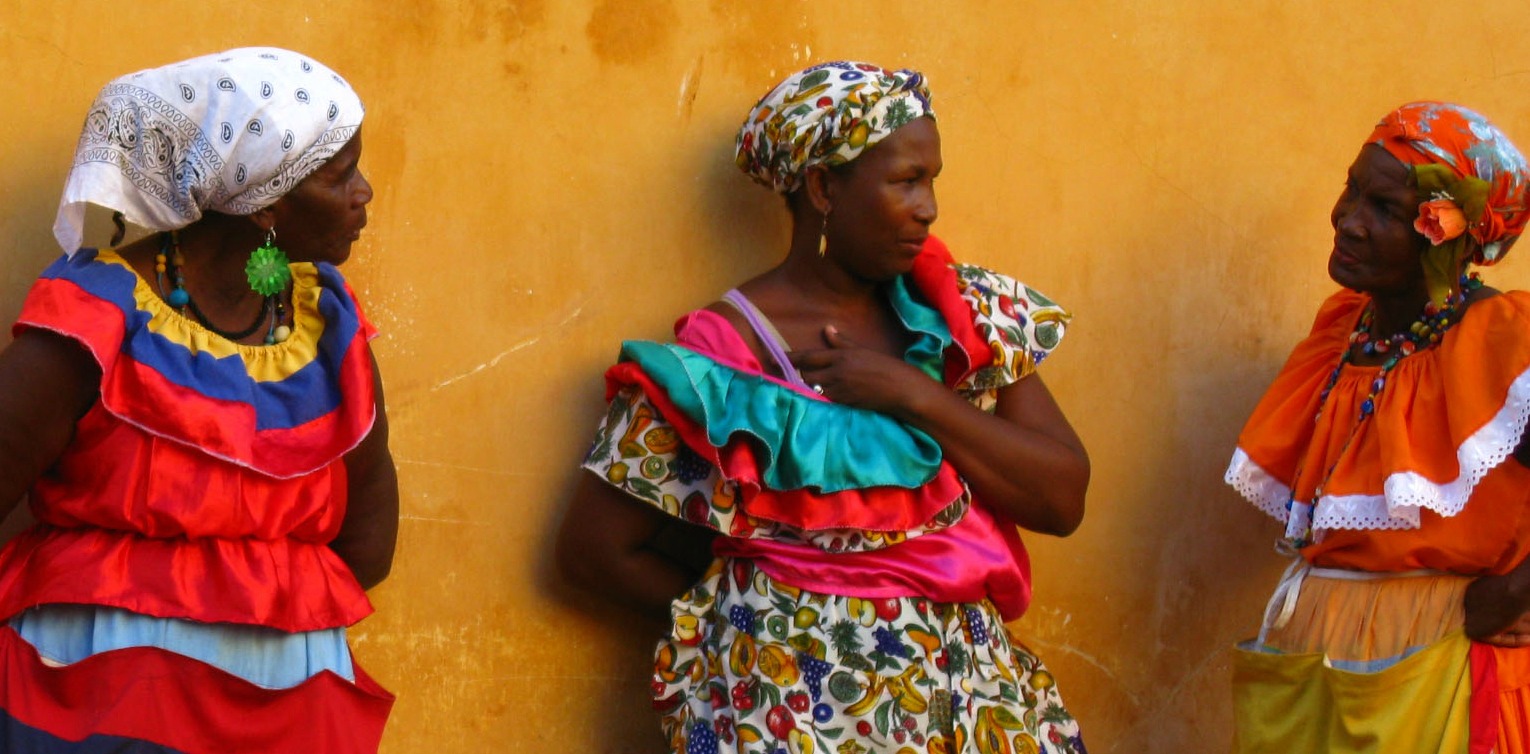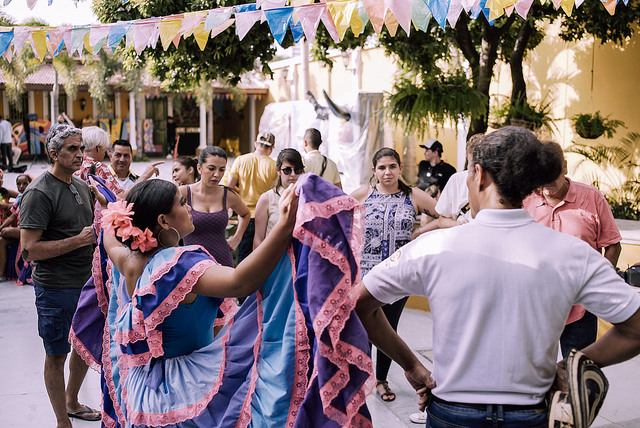Every year the country celebrates its success at the Medellin Flower Festival and the stars of the show are always the silleteros, who have their very own parade. But who are Colombia’s green-fingered gurus?
Who are the silleteros?
The silleteros in the festival are flower vendors. They spend the rest of the year farming small plots of land on the misty mountain slopes around “The City of Eternal Spring” — Medellin in Antioquia — where they harvest their blooms and bring them to sell in nearby markets and plazas. The word silla means seat or chair in Spanish and comes from a time when local men, usually peasants, strapped wooden chairs on their backs to carry their produce, children and even local noblemen. Nowadays the word silletero is applied to anyone who carries something in a wooden frame on their back. (You may also read: Colorful Colombian Coral)
What is the parade all about?
True to tradition, the silleteros carry their precious flowers through the streets of downtown Medellin on their backs as part of their starring role in the flower festival, which is held every August. They were at the heart of the first festival, in 1957, when 40 silleteros turned up to parade. Nowadays around 500 participate in the Desfile de Silleteros (their dedicated parade) which most spectators consider the highlight of the flower festival chanting: “Cuando pasan los silleteros, es Antioquia que pasa.” (When the silleteros go past, it’s Antioquia that’s passing.”)
Is Colombia really a “flower country”?
The world buys about $1.35 billion worth of Colombian flowers every year, making the country the world’s second largest producer of cut flowers after The Netherlands. Around 75% of Colombia’s flower exports go to the United States which, in turn, receives about 80% of its flower imports from Colombia. Colombia also accounts for 60% of the carnations bought by Japan and has flourishing markets in Canada and Russia, as well as in Britain and other European countries. Key to Colombia’s success is its lack of seasons, which means flowers can be grown all year round. (You may also enjoy: Colombia’s 10 most exotic fruits)
How can I join the fun?
The Medellin Flower Festival is not just about flowers, it’s a week-long celebration that includes, besides the flower competitions and judging; antique car parades, horse parades, a pet walk, live music, dancing and more. The city’s streets throng with revellers and members of the crowd are not above climbing into nearby trees in order to get a better view of the parade. Don’t miss this unique celebration! (You can also enjoy: Colombia’s Top five souvenirs)

